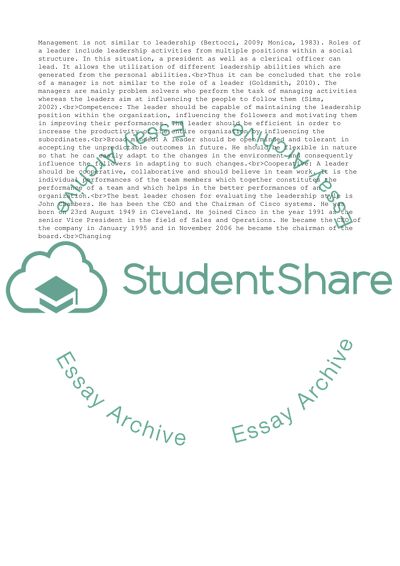Cite this document
(Leadership Questions Essay Example | Topics and Well Written Essays - 1750 words, n.d.)
Leadership Questions Essay Example | Topics and Well Written Essays - 1750 words. https://studentshare.org/management/1802135-leadership-questions
Leadership Questions Essay Example | Topics and Well Written Essays - 1750 words. https://studentshare.org/management/1802135-leadership-questions
(Leadership Questions Essay Example | Topics and Well Written Essays - 1750 Words)
Leadership Questions Essay Example | Topics and Well Written Essays - 1750 Words. https://studentshare.org/management/1802135-leadership-questions.
Leadership Questions Essay Example | Topics and Well Written Essays - 1750 Words. https://studentshare.org/management/1802135-leadership-questions.
“Leadership Questions Essay Example | Topics and Well Written Essays - 1750 Words”. https://studentshare.org/management/1802135-leadership-questions.


